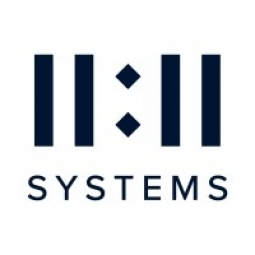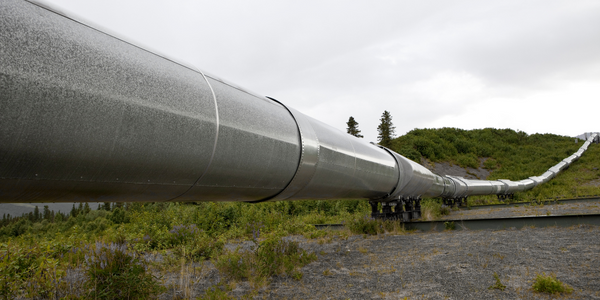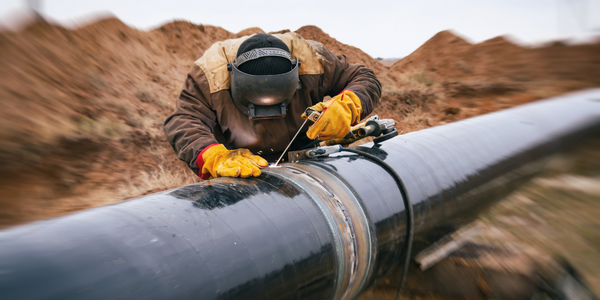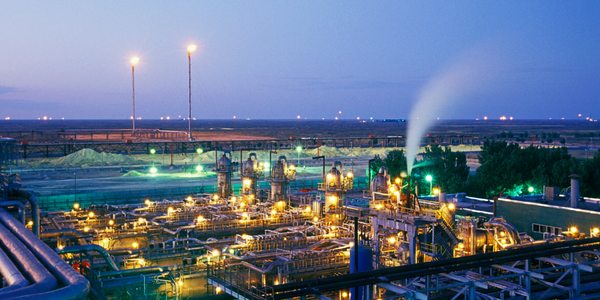Customer Company Size
Large Corporate
Region
- Europe
Country
- United Kingdom
Product
- 11:11 Cloud (IaaS)
- 11:11 DRaaS for Veeam
Tech Stack
- Cloud Computing
- Disaster Recovery as a Service (DRaaS)
Implementation Scale
- Enterprise-wide Deployment
Impact Metrics
- Cost Savings
- Productivity Improvements
- Digital Expertise
Technology Category
- Infrastructure as a Service (IaaS) - Backup & Recovery
- Infrastructure as a Service (IaaS) - Cloud Computing
Applicable Industries
- Oil & Gas
Applicable Functions
- Discrete Manufacturing
- Business Operation
Use Cases
- Cybersecurity
Services
- Cloud Planning, Design & Implementation Services
- Cybersecurity Services
About The Customer
Oceanscan is a leading international equipment company that provides the latest and most advanced technology to various industries including oil and gas, defence, petrochemical, renewables, and nuclear. The company has over 1,000 global customers and offers services ranging from the rental of testing, calibration, and survey equipment to providing essential personnel to the offshore oil and gas markets. Oceanscan is headquartered in Aberdeen, Scotland, and is supported by a worldwide network of partner companies. The company is committed to providing around-the-clock support to its customers.
The Challenge
Oceanscan, a leading international equipment company providing technology to various industries, was hit by a sophisticated ransomware attack that infiltrated their entire network. The attack encrypted multiple file layers, making recovery nearly impossible. The company faced an imminent threat to business uptime and profitability, and the ability to recover and restore access to data was in jeopardy. The responsibility fell on the shoulders of Sukumar Panchanathan, the group IT manager at Oceanscan, to steer the company out of this crisis.
The Solution
Oceanscan had been a customer of [11:11] for nearly a decade and had both [11:11] Cloud DRaaS for Veeam and [11:11] Cloud Backup for Veeam Cloud Connect in place at the time of the attack. This meant that they had the security, replication, and failover capabilities needed to ensure the company’s data stayed online and available. With the company’s on-premises environment compromised, and its workloads already successfully replicating in the cloud thanks to [11:11] Cloud for DRaaS, Panchanathan saw an opportunity to transition to an entirely cloud-based infrastructure. With the help of his [11:11] account and support team, Oceanscan’s data was transferred from the [11:11] DRaaS environment to [11:11] Cloud.
Operational Impact

Case Study missing?
Start adding your own!
Register with your work email and create a new case study profile for your business.
Related Case Studies.

Case Study
Taking Oil and Gas Exploration to the Next Level
DownUnder GeoSolutions (DUG) wanted to increase computing performance by 5 to 10 times to improve seismic processing. The solution must build on current architecture software investments without sacrificing existing software and scale computing without scaling IT infrastructure costs.

Case Study
Remote Wellhead Monitoring
Each wellhead was equipped with various sensors and meters that needed to be monitored and controlled from a central HMI, often miles away from the assets in the field. Redundant solar and wind generators were installed at each wellhead to support the electrical needs of the pumpstations, temperature meters, cameras, and cellular modules. In addition to asset management and remote control capabilities, data logging for remote surveillance and alarm notifications was a key demand from the customer. Terra Ferma’s solution needed to be power efficient, reliable, and capable of supporting high-bandwidth data-feeds. They needed a multi-link cellular connection to a central server that sustained reliable and redundant monitoring and control of flow meters, temperature sensors, power supply, and event-logging; including video and image files. This open-standard network needed to interface with the existing SCADA and proprietary network management software.
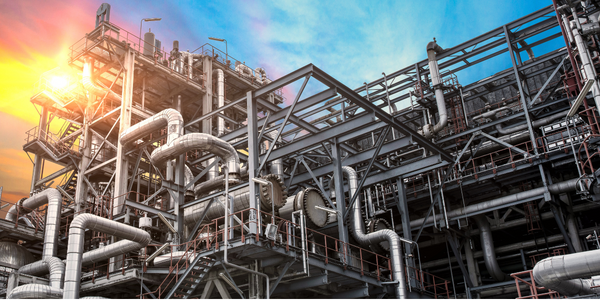
Case Study
Refinery Saves Over $700,000 with Smart Wireless
One of the largest petroleum refineries in the world is equipped to refine various types of crude oil and manufacture various grades of fuel from motor gasoline to Aviation Turbine Fuel. Due to wear and tear, eight hydrogen valves in each refinery were leaking, and each cost $1800 per ton of hydrogen vented. The plant also had leakage on nearly 30 flare control hydrocarbon valves. The refinery wanted a continuous, online monitoring system that could catch leaks early, minimize hydrogen and hydrocarbon production losses, and improve safety for maintenance.




